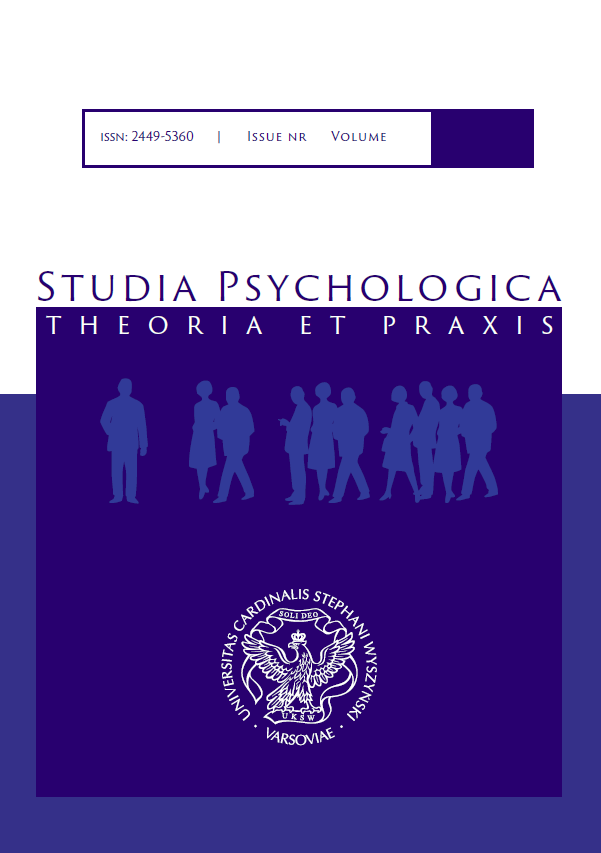The role of self-regulation in work–life balance
The role of self-regulation in work–life balance
Author(s): Anna CzyżkowskaSubject(s): Individual Psychology
Published by: Wydawnictwo Naukowe Uniwersytetu Kardynała Stefana Wyszyńskiego w Warszawie
Keywords: self-regulation; work-life balance; stress; family;
Summary/Abstract: The article analyzes the phenomenon of work–life balance (WLB) through the lens of StuartShanker’s concept of self-reg. WLB is the individual human ability to accomplish everydaynegotiations between the roles one plays. The key to successful WLB is optimal and smoothself-regulation of stress in accordance with the self-reg method, which this article is anattempt to introduce the readers to. The self-reg method consists in skillfully switchingbetween arousal, when it is needed, and inhibition or regeneration. In this perspective, self-regulation consists of five steps: read and reframe the behavior, recognize the stressors,reduce the stress, reflect (enhance stress awareness), and respond (develop personalstrategies to promote restoration and resilience). Self-regulation ability enables fluidparticipation in all systems, integrated fulfillment of roles, smoothly switching attentionbetween “I” (self-knowledge and the fulfillment of one’s needs) and “we” (acting for thebenefit of the group, family, or humanity). It thus allows not only for reducing stress but alsofor achieving balance and harmony.
Journal: Studia Psychologica: Theoria et praxis.
- Issue Year: 18/2018
- Issue No: 2
- Page Range: 15-24
- Page Count: 10
- Language: English

